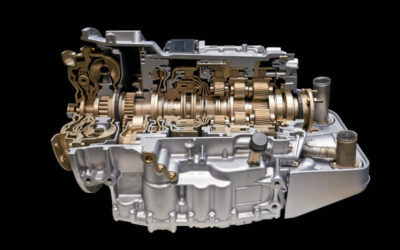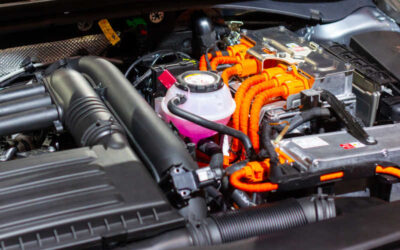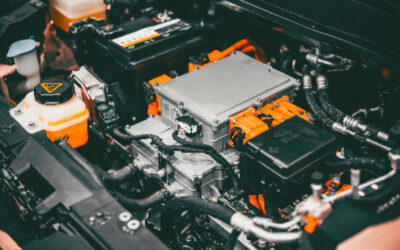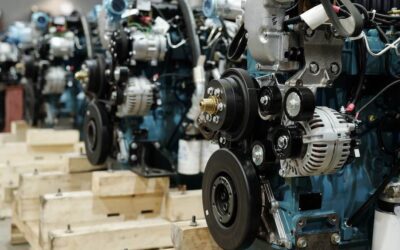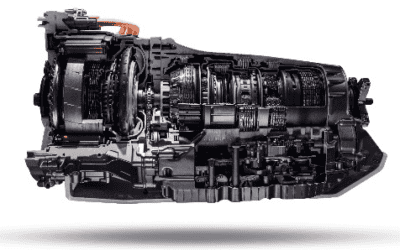Before a vehicle ever hits the road, its journey begins with how its core components, transmissions, and engines start their journey to the assembly line. The way transmissions...
Powertrain Packaging
How to Add Components to Existing Powertrain Packaging
Adapting to the changing needs of shipping and manufacturing is critical for automotive production. One area where this adaptability is particularly crucial is powertrain...
Protecting Hybrid Powertrains in the Shipping Process
The shipping process of hybrid powertrains presents unique challenges that must be meticulously addressed to ensure the safety and integrity of the components. Hybrid powertrains...
Here’s why EV Powertrain Components Require Custom Packaging Every Time
As the electric vehicle (EV) market grows, the need for packaging that's efficient, scalable and cost-effective is more important than ever. EV powertrains—made up of components...
5 Packaging Suggestions for Heavy and Bulky Powertrain Components
When it comes to transporting heavy and bulky powertrain components such as engines and transmissions, custom packaging solutions play a crucial role in ensuring these valuable...
Lithium Ion Battery Packaging 101
The U.S. Department of Transportation's (DOT's) Hazardous Materials Regulations (HMR; 49 C.F.R., Parts 171-180) classifies lithium ion batteries as hazardous materials. So,...
How Treadmills and Transmissions Are The Same…
Transmissions keep a vehicle running and treadmills keep humans running. But what else do they have in common? They are both heavy, complex and cumbersome pieces of machinery....
3 Steps to Reducing Powertrain Packaging Costs
Executing powertrain packaging designs requires complex engineering. In order to protect each product during its shipment, manufacturers commonly end up with oddly shaped...

